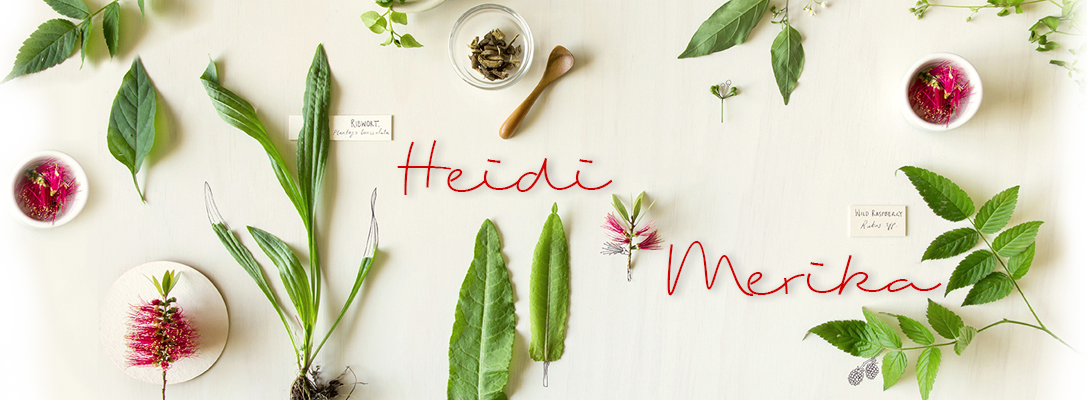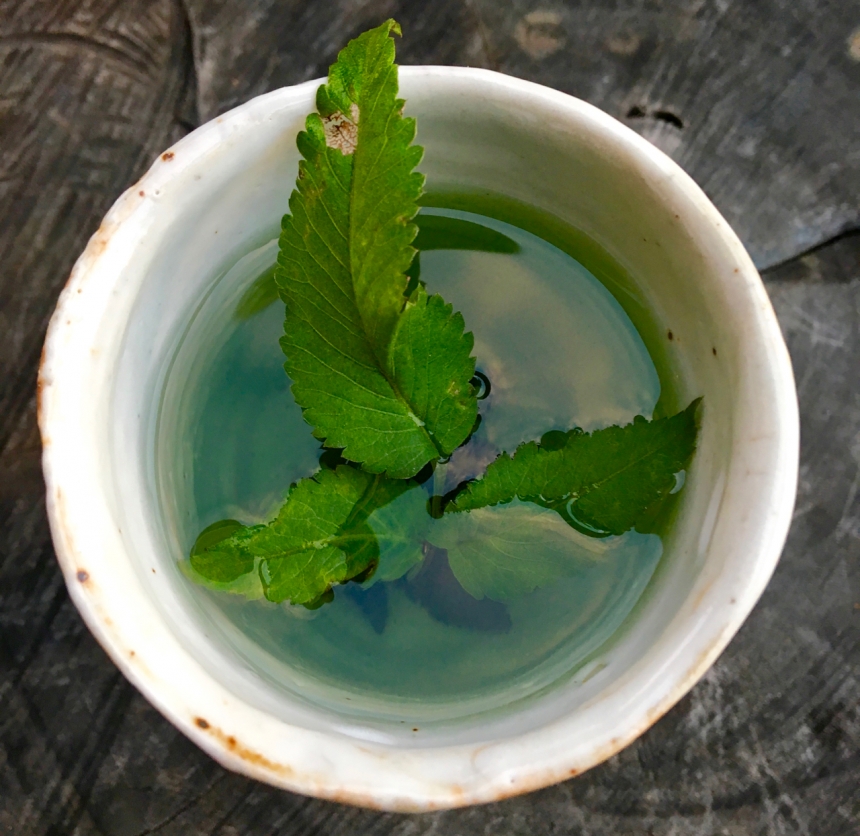How to use Cobblers Pegs Bindens pilosa
It’s a hot summer’s day, the kids and the dog come in from playing in the long grass. This time of year its always long, it grows overnight and unless you dedicate your waking hours to it, it always gets away on you.
Their clothes are covered in black spiky needles. They are all over the dog’s legs and chest. Labradoodles are great for not shedding hair but it is almost impossible to get Cobblers Pegs off them. We are going to need the clippers. It’s easy at times like these to feel a particular kind of dislike for this plant. Like you have been the butt of a nasty practical joke.
“Ha ha got you!” You hear the Cobblers Pegs sniggering from the back yard.
Until recently my relationship with this plant was one of veiled contempt. Then I started to research it for a project I am working on and everything changed.
Cobblers Pegs grow all around the world. In the 1970’s the United Nations Food and Agriculture Organization (FAO) promoted Cobblers Pegs as a food staple in Africa due to its ease and speed of growth and cultivation, nutrition, palatability and safety. Cobblers Pegs are rich in iron, zinc, calcium and vitamin A.
Surprisingly there was quite a bit of research on Cobblers Pegs. Recent research on this herb reveals that it is anti-microbial and it can be beneficial in the treatment of malaria, allergies, inflammation, diabetes, hypertension and cancer.
Culinary usage
Shoots and leaves can be eaten raw in salad, cooked as a green vegetable and made into sauces. The whole mature plant can be dried or powdered and stored for future use as a tea.
How to use it as food
Salad – Pick 3-6 young leaves or 3 to 6 flowers to add to a salad. Older leaves are very bitter. It has been suggested that due to its high saponin content it should not be consumed raw in large quantities. Nor would you want to consume it in high quantities because it is not particularly pleasant but mixed with other salad greens its not too bad.
Green Smoothie – A small to medium plant 30-60cm can be cut up and added to a green smoothie. All above ground parts can be used except the seeds (due to their lack of palatability)
Cooked greens – 1-2 medium plants (up to 1 meter) can be cut up and cooked as a green vegetable in soups, stir-fries or side dishes.
Teas – Add 1-2 teaspoons (approx. 30g) of dried or powdered herb or ½ cup fresh leaves to a cup of boiling water. Let it infuse for 10-15 minutes and drink. For a stronger medicinal drink you can let it stand overnight and drink it the next day. It can be diluted with water until palatable. You can also add lemon, mint, honey or maple syrup. You can drink ¼ cup (60 mls) – ½ cup (125mls) 3 times a day.
Medicinal usage
Cobbler’s Pegs are used in the treatment of inflammation, cancer and diabetes. They also have antibiotic potential, as they are antibacterial, antifungal and wound healing. It is both sad and ironic that we spend billions each year on the treatment of these diseases while this prolific plant is sitting right under our noses being much maligned as an ‘invasive weed’.
Folk Medicine
B. pilosa has been reported to be useful in the treatment of over 40 disorders. The main systems being:
Gastrointestinal – Stomach-ache, colic, constipation, diarrhoea, dysentery, appendicitis, enteritis, gastritis, intestinal worms, haemorrhoids, stomach ulcers, bacterial infections in the gastrointestinal tract,
Respiratory – Asthma, sore throats, colds, flu, tuberculosis, cough, earaches
Infections – Acute infectious hepatitis, conjunctivitis, renal infections, yellow fever, malaria,
Female reproductive – Menstrual irregularities, period pain, morning sickness
Systemic – Cancer, diabetes, metabolic syndrome, inflammation, arthritis, hypertension
Externally – Cuts, burns, wounds, snake bites, nosebleeds
How to use it as medicine
All parts of the plant have traditionally been used as ingredients in folk medicine, including the leaves, flowers, stems and roots. It is usually prepared as a dry powder or tincture for external use and as a powder, maceration or decoction when used internally.
Harvest the leaves during the growing season and dry the plant for tea.
For use as an antimicrobial use juiced fresh leaves or a fresh plant tincture. Many of the active constituents are soluble in alcohol but not in water.
Fresh Plant Tincture
You can use whole fresh plant including the seeds, leaves, stem, and roots.
You will need:
Bindens pilosa
A jar with a lid that can be screwed on tightly
Enough Vodka to fill your jar
A label to stick on your jar
Directions
Sterilize a jar in the dishwasher or by boiling it for 10 minutes.
Roughly chop the Bindens or if in the field pull it apart with your hands.
Fill the jar with freshly picked Biden’s pilsoa. Allow enough room for the plant material to move when shaken.
Fill the jar with vodka.
Screw lid on tightly
Label with: Name of the plant. Date made. Date finished (6-8 weeks from making day), the vodka or alcohol used including the percentage of alcohol.
Store for 6-8 weeks
Strain.
Pour into an amber coloured glass bottle and cap tightly.
Label with: Name of the plant. Date made, the vodka or alcohol used including the percentage of alcohol.
Store in a cool dry place. The tincture should last several years.
Dose: 45 to 90 drops or 2 – 5 mls in water up to 4 x daily.
Armed with this information I hope you can start to experiment with this incredible plant and get to utilise it for all its amazing healing properties.






I just want to say WOW and how i would dearly love to learn all about the wonderful weeds in my yard that i have disliked for so long but now feel they are there to be loved.
Hi Sandra it took me a while to learn to love this one. But now it is one of my beloveds. Its a wonderful journey learning to get to know the plants and how to use and love them. I wish you much joy on your path. Cheers Heidi X
Weed Foragers Handbook, Annie Raser-Rowland, Adam Grubb is a starting point. Not the most informative but gets you searching. I am not affiliated with the authors or publishers in anyway.
Thanks Jason I have this book and have used it many times over the years. Its a good one to have.
Thank you. I am so happy to know someone out there is starting to share the information about our natural healing plants in Australia. I have feared for some time the information is being lost with every generation.
Thanks Sherrill, I had the same fear that’s why I wrote the wildcrafting book! Also I needed to know this stuff myself. Its such basic knowledge we should all know. XX
I have a plant that is at the stable its hot the skies. Can I use the whole plant including spkikes to soak in vodka? Or do I remove the spikes and just use the rest if the plant? Or is the plant past doing this once it has the spikes?
You can still use it when it has the spikes. I don’t use the spikes (seeds) in my tincture. Just the leaves and stems. Its probably better to use it before it goes to seed but its still fine to use some that have gone to seed mixed with some that haven’t but if thats all you have you will still get a good medicine from it.